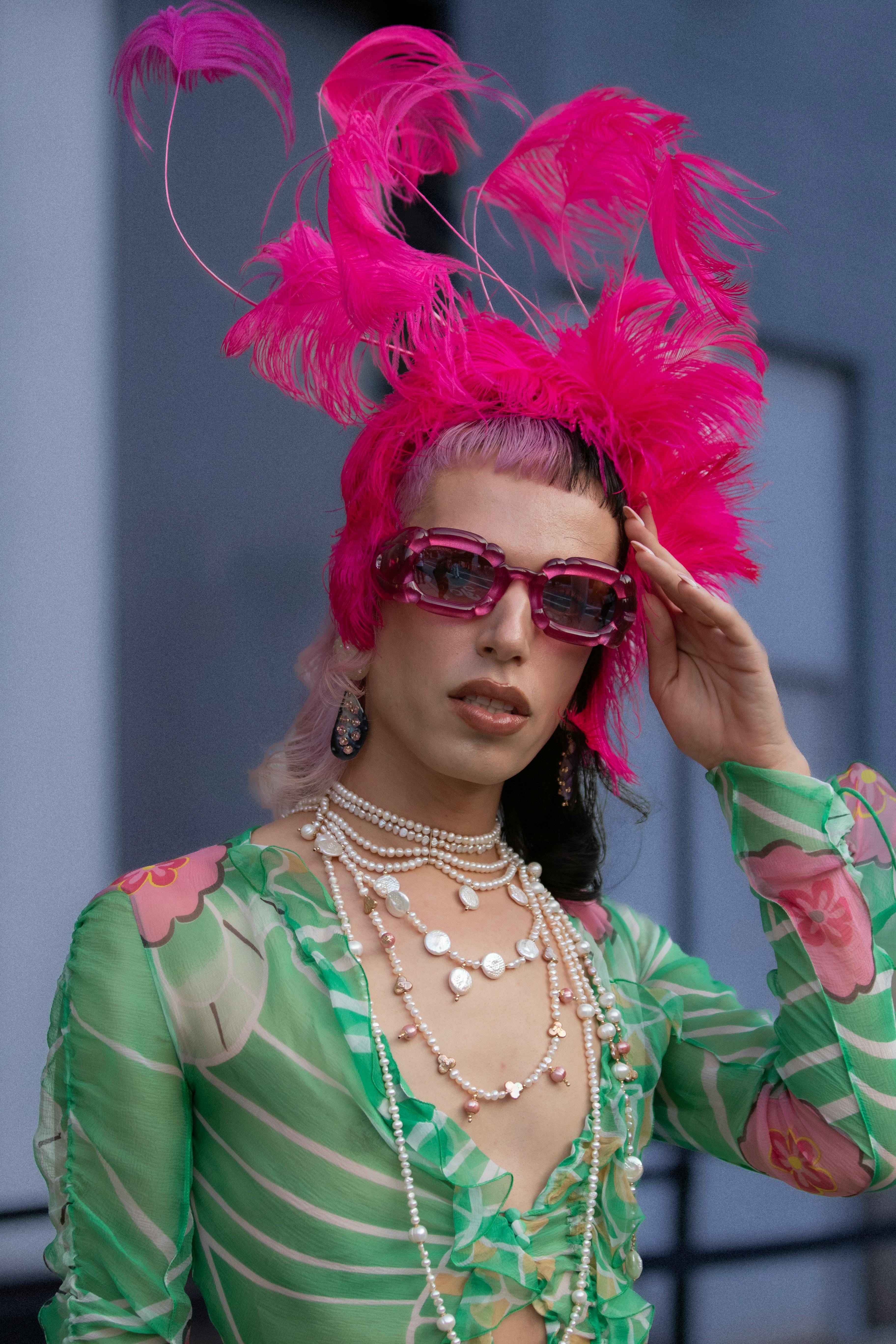The activewear market is booming, fueled in part by a rising focus on wellness and fitness. However, a new trend is emerging: health anxiety is pushing consumers to demand more transparency and sustainability from their favorite activewear brands. This shift is forcing brands to re-evaluate their supply chains and materials, leading to a significant 'clean-up' in the industry.
The Rise of Conscious Consumerism
Consumers are increasingly aware of the environmental and social impact of their purchases. This conscious consumerism extends to activewear, with shoppers prioritizing brands that use sustainable materials like recycled polyester or organic cotton. They’re also seeking transparency about manufacturing processes and ethical labor practices. This demand for 'clean' activewear is no longer a niche trend; it's a mainstream expectation.
Brands Respond with Sustainable Initiatives
Leading activewear brands are reacting to this shift by implementing several strategies. Many are investing in recycled materials, reducing water consumption in manufacturing, and improving supply chain traceability. Some are even partnering with organizations to support ethical labor practices and environmental conservation efforts. This proactive approach aims to build trust with consumers and showcase a commitment to sustainability.
The Future of 'Clean' Activewear
The demand for transparency and ethical production in activewear is only going to increase. We can expect to see more brands embracing sustainable practices and providing detailed information about their materials and manufacturing processes. Consumers will likely reward brands that demonstrate a genuine commitment to both environmental and social responsibility, leading to a more sustainable and ethical activewear market in the future. The success of brands will hinge on their ability to adapt to and lead this 'clean' revolution.






